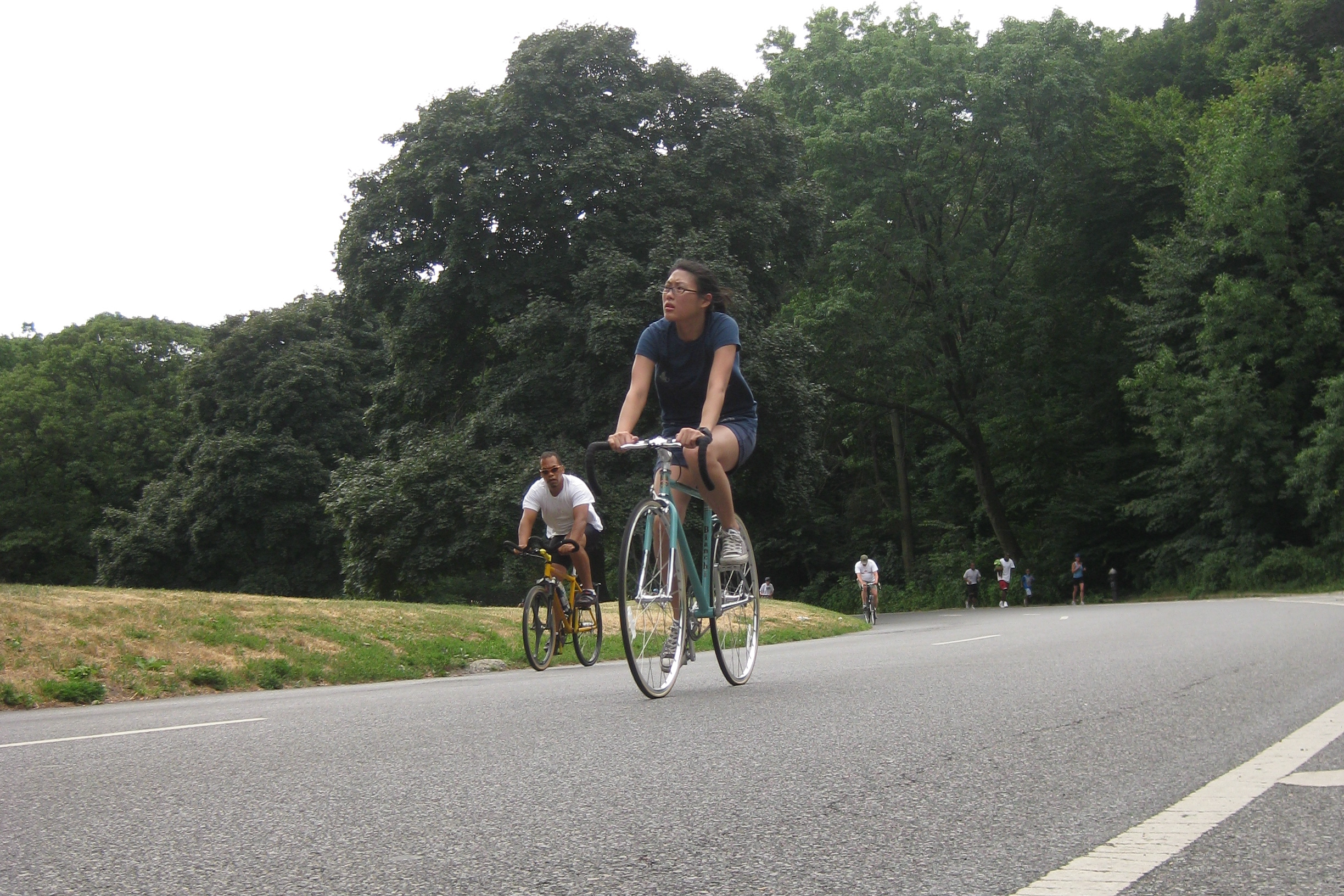How to Ride
You’ve heard “It’s just like riding a bicycle” before. Maybe you’ve even said it. It’s both true and hopelessly wrong.
It’s true because the mental gymnastics it takes to balance on two spinning wheels as you’re propelling a bicycle, once learned, never goes away. It’s hopelessly wrong because riding well is the sum total of a huge bushel of skills and knowledge that no matter how much you read or listen or watch, you can always learn more and it’s never the same as actually doing it.
Luckily, just about all the cycling knowledge you need are things you can pick up along the way. There is no shortage of books written on how to ride a bike. We don’t have the space to go into everything here. But I will tell you a few things that stand out.
*One of the biggest misconceptions, and the one I feel is most dangerous, is the popular parental warning not to use your front brake for fear of endo-ing, aka flipping over your handlebars. Erase this misinformation from your head. Good, safe, fast braking requires the use of both front and rear brakes, with the front brake doing most of the work. If you’ve ever been on a bus or train or even in a car, you’ll notice that the vehicle pitches forward when brakes are applied. this pushes the front wheels down and pulls the rear wheels up, meaning that the braking done on the front wheel is more important than that on the rear.
*Another has to do with pedal speed. Pedaling at walking pace is what most people do when they start riding. That’s often about 60 pedal revolutions per minute (rpm) or less. That’s one pedal stroke a second. Turning your legs over at this rate is too slow for efficient bike riding; you should be pedaling faster (like ~90rpm) as it’s easier to respond to changes in terrain and the higher cadence results in less muscular strain on your body. Start with whatever works, then, once comfortable riding, speed up to an in-between 75-80rpm and work your way up as your coordination and comfort level improves.
*If a hill seems hard, keep shifting into lower gears, aka the cogs with more teeth in the back, or the chain rings with fewer teeth in front, or both, until it pedaling either feels easy or you run out of gears.
*Another misconception is that you sit on your butt when riding. You should be sitting on your sit bones. And the more effort you’re putting into pedaling, the less you’re actually sitting. When you’re pedaling as hard as your body can handle, the saddle is basically holding you in place. As a result, the more vigorous your riding the less soft the saddle should be.
*Another has to do with soreness. Muscular soreness is fine. But a sore back, butt, or hands are sometimes things you should look into. A sore back might be a sign that your saddle isn’t in a comfortable position or your stem is too short or too long. A sore butt might mean you need to stand on your pedals more during the ride. Sore hands might mean you need padded gloves or more padding on your handlebars. The difficulty is that some of this could just be from not being used to riding; note the aches and track them for a while. If they don’t go away, a change might be in order. Of course, riding longer, harder, or easier than is usual for you might also drive these sensations. It can be tricky to separate.
*Many cyclists, particularly when they’re new to riding, often ride as far to the right as possible on roads that have moving cars on them. This is generally a bad idea. The edges of the road often have lots of gravel and detritus, as well as either curbs or a rough transition from pavement to dirt. On streets with parked cars, riding too far to the right means increasing your risk of getting doored. If you find yourself on painted bike lane, it’s often best to ride closer to the moving-traffic-side edge of the lane rather than on the side closest to the parked cars. Experienced cyclists will move themselves out into the middle of a traffic lane when they fear that being on the side is too dangerous. As an example, imagine a deep puddle on the right side of a road. You could ride through it, but perhaps there’s a pothole submerged. It’s usually better not to take that risk, but move out into the middle, provided a car isn’t bearing down on you, of the lane to safely get around the puddle.
*Familiarize yourself with the traffic laws wherever you’re riding. Here’s a page for New York CIty bike laws. Here’s a page for New York State bike laws. Here’s a page for New Jersey bike laws. Drivers have been known to carsplain traffic laws by yelling out the window of a moving car. They are usually wrong; no matter what they say, the law is generally that you only have to ride as far right as is practical. So, if you conclude riding on the shoulder is dangerous, don’t do it, as the law is on your side.
